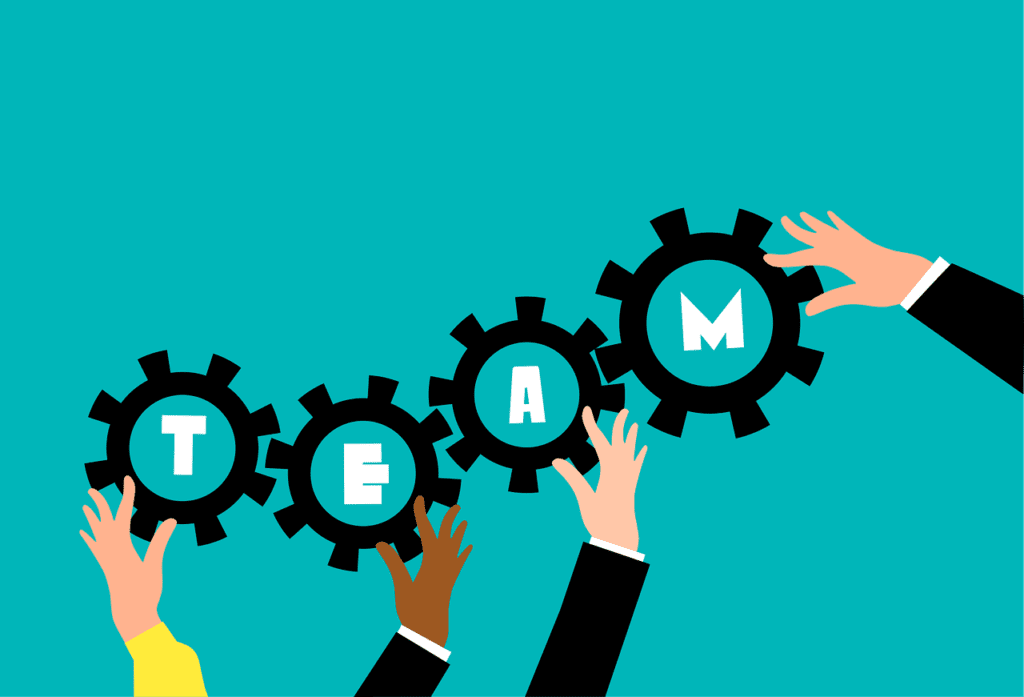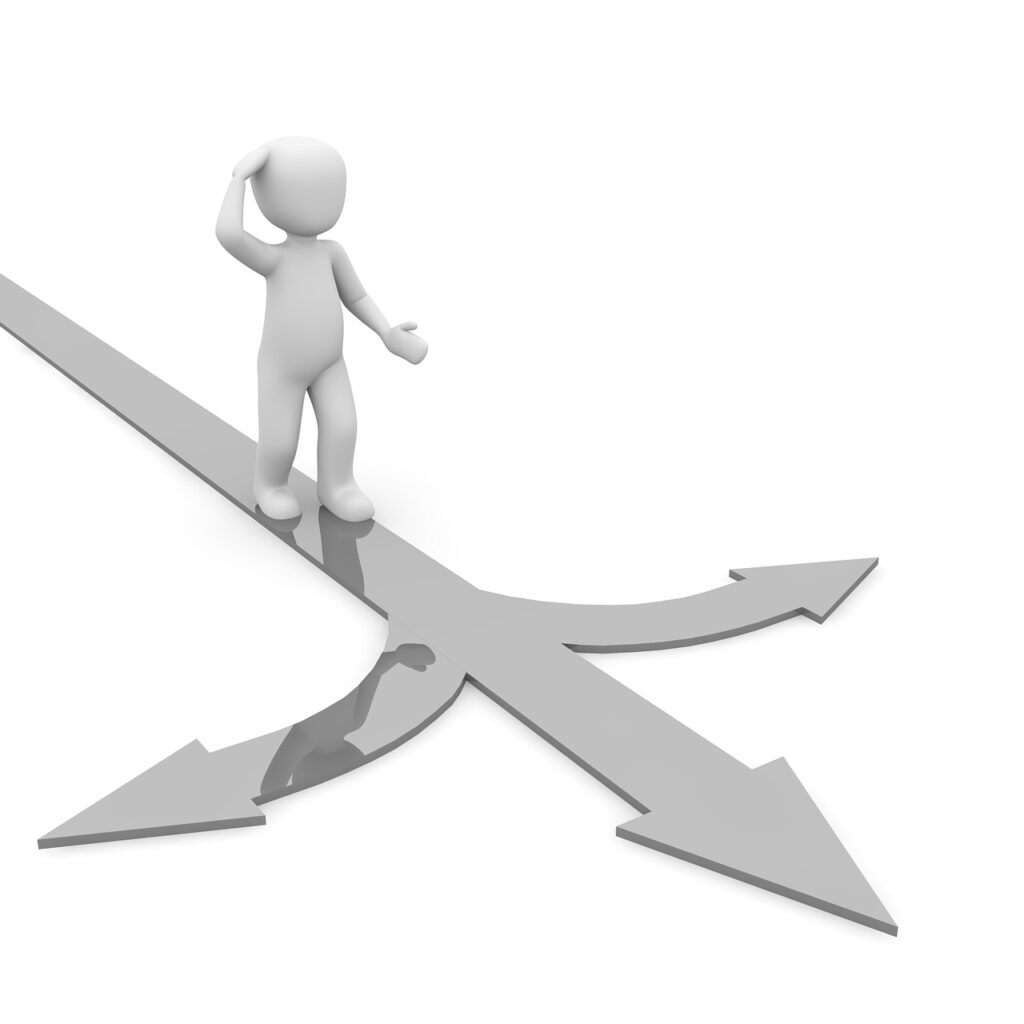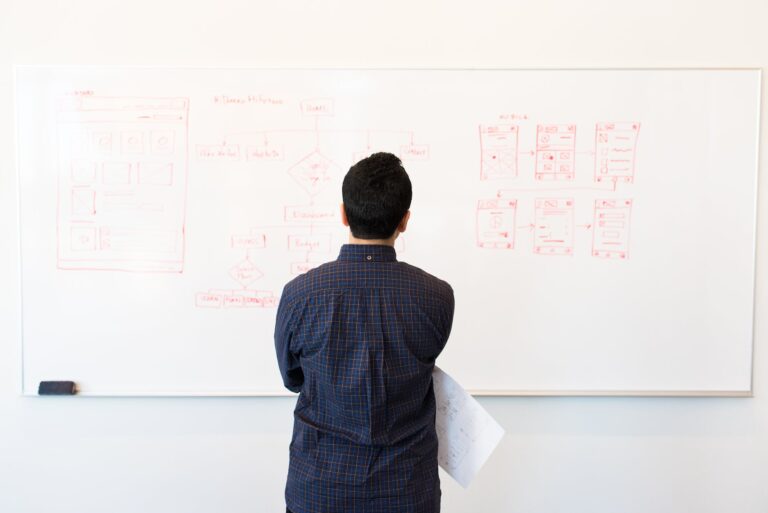How To Become A Successful Release Train Engineer in 2023

In any organization that has adopted the Scaled Agile framework, the role of release train engineer is a key one. The release train engineer (RTE) is responsible for ensuring that the entire Agile Release Train (ART) is working in unison and that all of the trains are on track to meet their objectives.
The success of the ART may depend on this role more than any other role in the ART
But being a release train engineer is not just about having the right skills. It’s also about being a servant leader. A release train engineer must be able to motivate and inspire the team so that they are willing to do their best work. And finally, a release train engineer must be able to manage expectations, both internally and externally.
All of these skills are essential for success in this role.
If you are looking to become a release train engineer, or if you are currently in this role and would like to improve your skills, then read on.

In this blog post, we will discuss the key skills and qualities that a release train engineer should possess.
So, let’s get started.
1- What is a Release Train Engineer in the Scaled Agile Framework?
The Release Train Engineer (RTE) is a key role in any organization that has adopted the Scaled Agile Framework. The RTE is responsible for ensuring that the entire Agile Release Train (ART) is working in unison and that all of the trains are on track to meet their objectives.
The RTE is also responsible for facilitating communication and collaboration between the different teams within the ART. In addition, the RTE is responsible for managing risks and dependencies between the different teams.
2- The Key Responsibilities of a Release Train Engineer (RTE)
The release train engineer has a number of key responsibilities, which can be summarized as follows:
Ensuring that the ART is working in unison
The RTE is responsible for ensuring that all of the teams within the ART are working together effectively. This includes coordinating the work of the different teams and resolving any conflicts that may arise.
Facilitating communication and collaboration between Scrum Masters/ Solution Train
The RTE is responsible for facilitating communication and collaboration between the different teams within the ART. This includes holding regular meetings (called “scrums of scrums”) and ensuring that information is shared effectively between the different teams.
Managing risks and dependencies
The RTE is responsible for managing risks and dependencies between the different teams. This includes identifying risks and dependencies, assessing their impact, and developing mitigation strategies.
The day-to-day activities may include multiple other responsibilities like chairing the iteration planning meeting, driving PI planning readiness, conducting the retrospective meeting, monitoring the progress of the ART, and so on.
3- The Skills and Qualities that a Release Train Engineer Should Possess
In order to be successful in the role of RTE, there are certain skills and qualities that you will need to possess. These include:
Excellent communication skills
A release train engineer must be able to communicate effectively with people at all levels within the organization. This includes being able to explain complex concepts in a simple way and being able to resolve conflicts.
A RTE must be able to foster collaboration between scrum masters, product owners, architects and other project teams and project managers in the organization.
Excellent organizational skills
A release train engineer must be highly organized and be able to keep track of multiple trains simultaneously. RTE is typically responsible for running the Program Increments (PIs) that sometimes might involve multiple Agile Release Trains.

Excellent problem-solving skills
A release train engineer must be able to identify problems quickly and develop creative solutions to solve them. This includes being able to think outside the box and coming up with new ideas.
Excellent people skills
A release train engineer must be able to work with people from all walks of life and build strong relationships. This includes being able to motivate and inspire people to achieve their best.
Project Management Skills
While project management isn’t a formal agile role, it is still required to succeed in a complex environment.
The ability to stay organized and keep track of all the different moving parts of a project is worth its weight in gold. A good project manager will have a system in place to ensure that all tasks are assigned and completed in a timely manner.
Servant Leadership
In order to motivate and inspire the team, the release train engineer must be a servant leader. A servant leader puts the needs of others before their own and focuses on helping team members grow and develop their skills.
By doing this, the team will be more motivated and productive, which will ultimately benefit the organization as a whole.
The title I would like for a RTE really is Main Servant Leader – Agile Release Train.
Agility / Lean Agile practices
RTE must able to explain & implement lean agile practices as appropriate in the organization. In practice, these lean and agile practices could mean different actions for different agile teams.
Using a pragmatic approach to ensure all scrum masters and their agile teams are onboard is a massive achievement.
The focus on some teams could be improving their agile process. Some some agile teams, it could be towards relentless improvement.
For other teams, it could be using their IP sprints to upskill the agile team members or help them manage risk better.
4- How to Become a Release Train Engineer
If you are interested in becoming a release train engineer, then there are a few things that you will need to do. Firstly, you will need to obtain a degree in engineering or a related field.
Secondly, you will need to gain experience working in an Agile environment. And thirdly, you will need to obtain certification from the Scaled Agile Framework.
The switch to a Release Train Engineer is usually preceded by roles like Scrum Master, Project Manager, Development lead etc.,
I highly recommend that you check out the Scaled Agile Framework website for more information on becoming a release train engineer.
5- Release Train Engineer Salary
The national average salary for a release train engineer is $120,000 per year. However, salaries can range from $80,000 to $160,000 per year, depending on experience and location.
Release train engineers in the United States typically earn between $80,000 and $160,000 per year. On average, most organizations pay the RTE around the same as a project manager. A scrum master certification or RTE certification does help during the negotiations.
We’ll go into a more detailed post on the salary levels of RTE.
6- Release Train Engineer Career Path
Typically a RTE starts a scrum master in one of the agile teams. Sometimes a project manager makes a switch to agile practices and becomes a RTE.

We’ll go into the details of these roles, but here’s a short list. The potential career paths for a RTE include
Solution Train Engineer
The main focus of a STE is on the end-to-end solution and how it’s delivered. They work with architects, product owners, and other stakeholders to ensure that the solution meets the needs of the business.
This role typically includes
- Creating a the right work environment for software development (including Infra/licenses/resources etc.), support program execution & manage agile release trains
- Acts as an Agile program management office and tracks delivery of the overall solution
Enterprise Agile Coach
An EAC is responsible for coaching and mentoring individuals and teams on their agile journey. They work with all levels of the organization to help them adopt agile practices and principles.
Their responsibilities could include
- Scale lean agile practices across large development program
- Introduce & expand agile frameworks, synchronize program increment / ART events / Post PI planning meetings across the entire organization
- Coach leaders who aren’t experienced into a smooth lean agile transformation across the organization
- Coach leaders and transition to become servant leaders
- Nudge the development organization towards DevOps / Continuous delivery pipeline
Lean Portfolio Management roles
There are a few different roles within LPM, but the two main ones are the Lean Portfolio Manager and the Lean Enterprise Architect.
The Lean Portfolio Manager is responsible for managing the portfolio of projects and ensuring that it aligns with the business objectives. This is usually a solution management stakeholder role and may be right for RTEs who like to be hands-on on their subject.
This is a program management role and typically far removed from dad to day activities and focus on value delivery across the entire organization and manage risks.
Wrap Up
There you have it! That is everything that you need to know about being a release train engineer. I hope that this article has given you a good understanding of what the role entails and how you can become one.
Here’s some more career / job interview related help
- Tackling the final interview round
- How to answer ‘tell me about yourself’
- Interview questions for managers
- Do you need an Career coach / Interview coach?
- Career as a QA manager
- Project Management
- Managing Managers
- IT Career switch
- Software Engineering career path
Other posts that may interest you
- Careers– Agile Coach, RTE, Product Owner, Scrum Master
- Productivity
- Agility, Agile Testing
- Book summary apps – Headway App vs Blinkist vs getAbstract
- AI Writers: / Blogging – Jasper, Writesonic, Article Forge , Copy AI, Anyword, Writecream, Copymatic, Quillbot, Peppertype, Jasper AI (pricing) &
- Careers: Managing managers
- Work From Home tools: Jabra
Author also writes at his Medium site.





